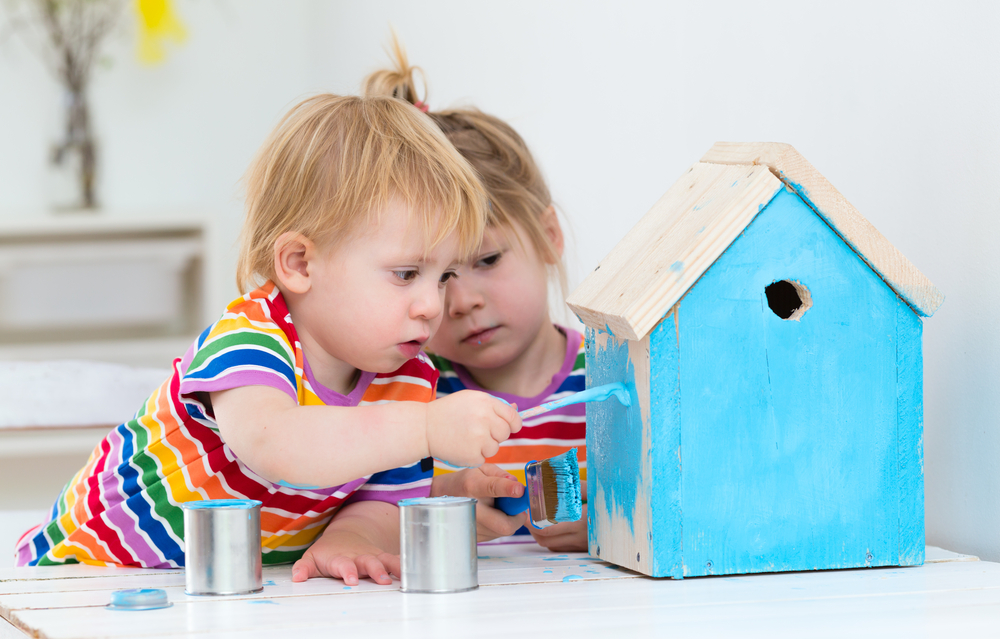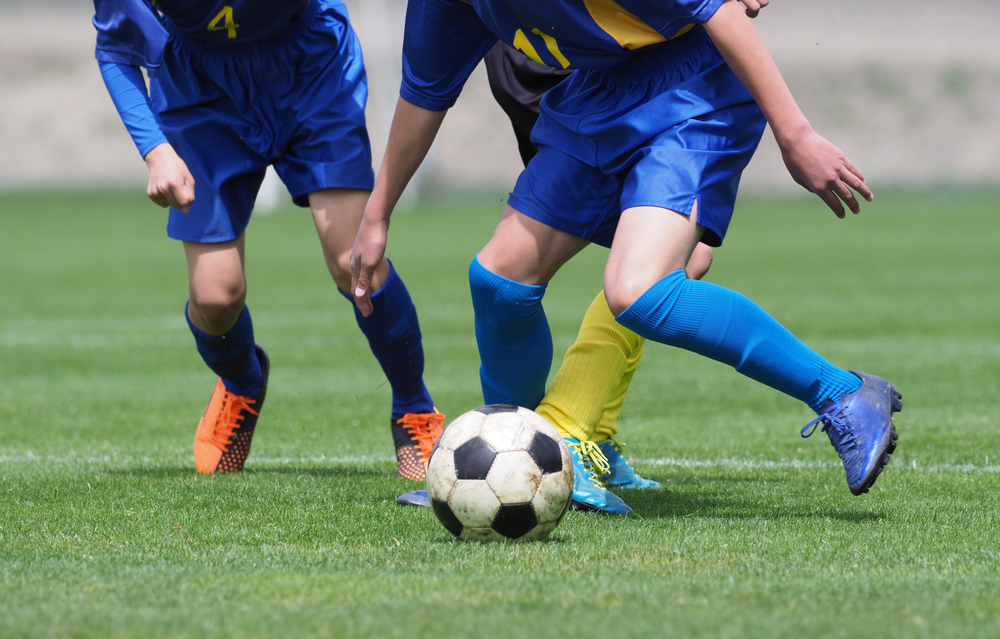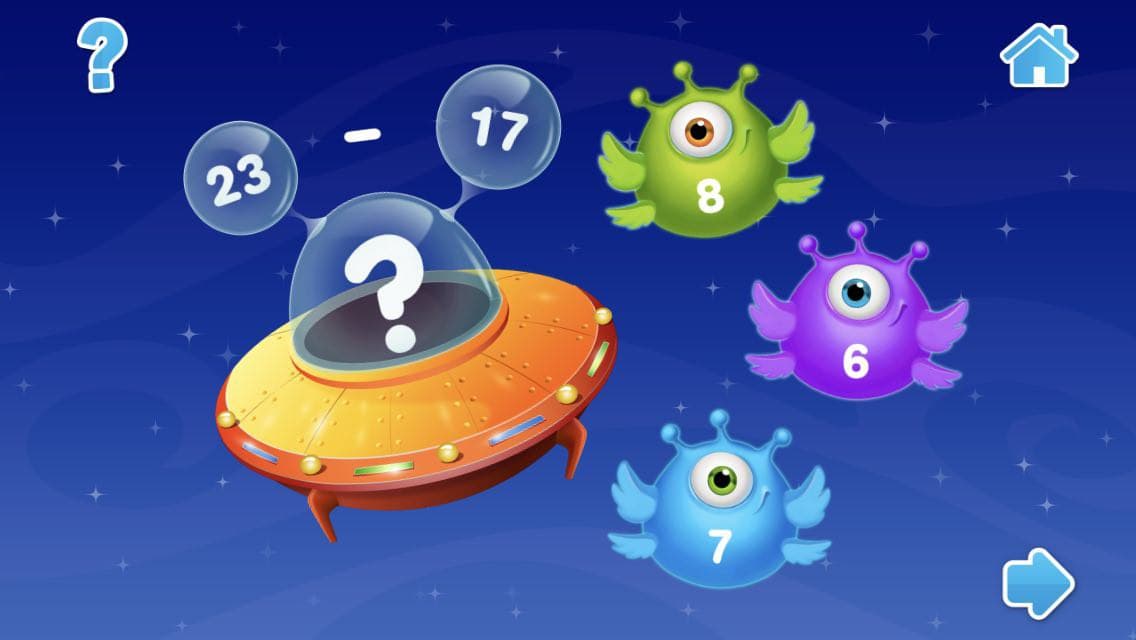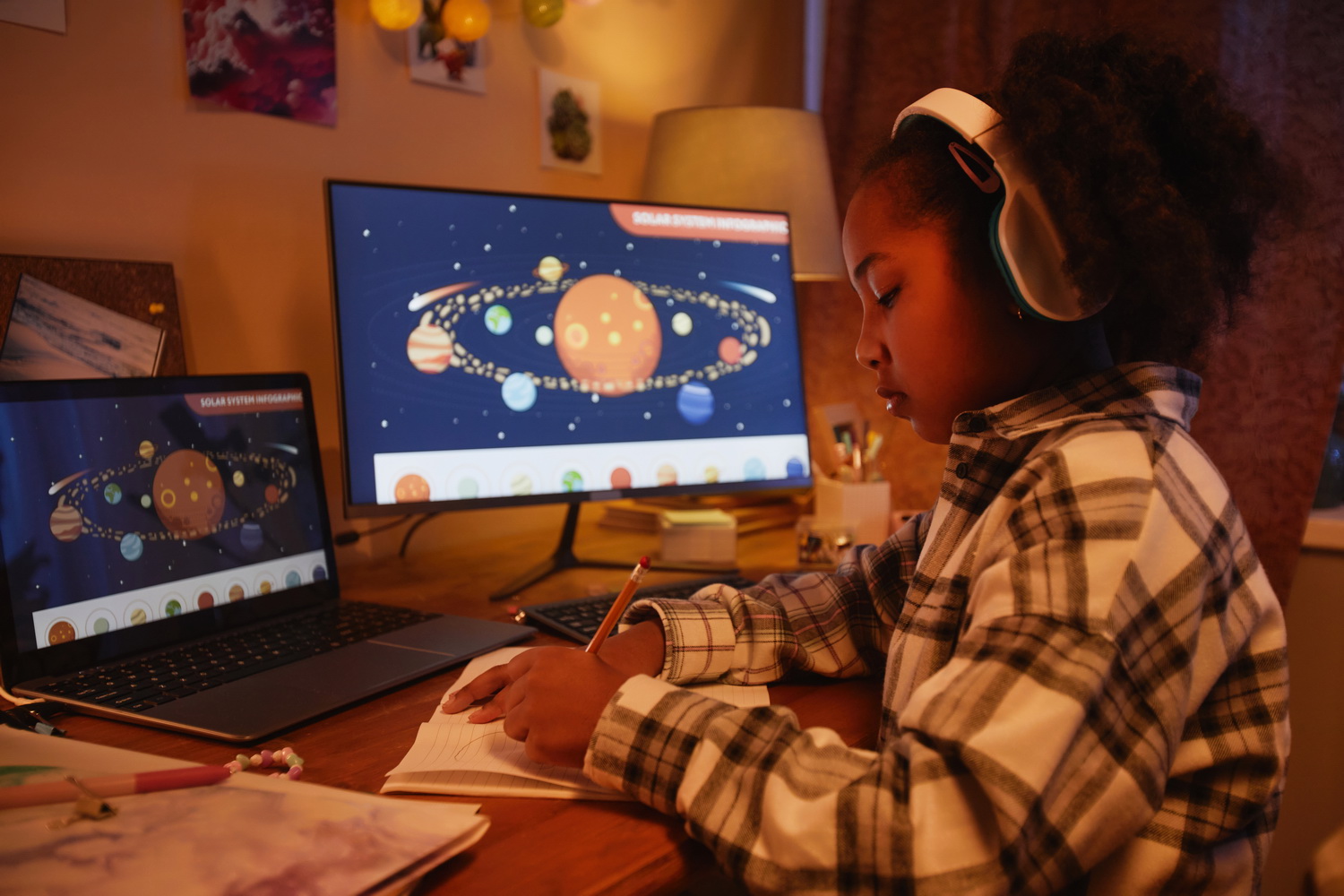Engaging End-of-the-Year Math Project Ideas for Grades 1-3
May 14, 2018

The weather is getting hotter, and it’s almost that magical time of the year for kids everywhere: summer break! For most schools, that means the year is winding down as children and their families prepare for some much needed fun in the sun. It’s no wonder why many kids begin to lose focus throughout the last month of the school year, as they get excited for the summer months ahead.
Whether you’re a teacher or a parent, you’re probably looking for ways to keep kids engaged and learning during the last weeks of school. Let’s take a look at 4 exciting ideas for end of the year math projects that will keep your little learners happily learning through to the very last day of school!
Splash Park Blueprint
This fun-filled project puts your child’s natural excitement for summer fun to work, and challenges him or her design a waterpark blueprint. While working, kids practice measuring the park’s slides and attractions using area and perimeter!
What You’ll Need:
- Graph paper
- Colored pencils
- Notebook or printer paper
What to Do:
Using graph paper, help your child plan out the rides and attractions he or she would like to include in the park. Using colored pencils, choose a different color for each ride and shade in the boxes on the graphing paper to represent the location and area each would take.
On the notebook paper, keep a running list of each ride, slide, or attraction, and make a key by labeling it with the correct color to match the blueprint. After designing the park, help your child calculate the perimeter and the area of each attraction by using the shaded boxes on the graphing paper, with each box representing the amount of feet you desire.
Paper Airplane Flight Challenge
If you’re looking for a simple but fun way to keep your child engaged while practicing meaningful math, look no further than the ultimate paper airplane flight challenge!
What You’ll Need:
- Paper
- Sidewalk chalk
- Something to measure with: a measuring tape, yard, or meterstick
What to Do:
Head outdoors on a clear and calm day for the best results on this project. First, help your child design and construct a paper airplane. For extra fun, get the family in on the challenge! Make one of your own, or invite friends over for this fun activity. For older children, experiment with different airplane designs, which can be found online or YouTube.
After creating the airplane, stimulate STEM skills by talking about which designs might fly the farthest, and ask your child to hypothesize why they think so. After constructing your airplanes, head outside to test them out! Find a straight sidewalk long enough for the airplane to fly and land naturally. Take turns flying your airplane as straight as possible.
After each flight, mark it’s landing spot with chalk and measure using the measuring tape or meterstick. Help your child record the measurement on the sidewalk. After each child, family member, or friend has taken their turn, compare flight distances to determine the winner! Afterwards, discuss why that plane flew the farthest, taking in consideration the plane, its design, and the pilot who threw it. Repeat the process a few more times to see who wins!
Hopscotch to Multiply
Your child will hopscotch to skip count and multiply for this easy activity that gets your child moving and having fun while practicing math! Better yet, this game can be tailored to the age and level of your child!
What You’ll Need:
- Sidewalk chalk
- Driveway or sidewalk
What to Do:
Before your child comes out to play, be sure to prepare the driveway or sidewalk. Draw boxes on the ground to make the hopscotch board. Inside the boxes, write multiple of any number, or multiplication facts. Customize the game to work on whatever level of skip counting or multiplication your child needs to master.
Call your child out to play, and watch as he or she multiplies and skip counts as they complete jump through the hopscotch board. Better yet, your child can play this whenever they’d like to get outside, and feel free to invite a friend to get in on the fun! As your child improves multiplication skills, make the game trickier for a fun challenge!
Ultimate Sidewalk Chalk Clock
Your child will love learning to tell time outdoors, practicing this essential math skill in a variety of ways!
What You’ll Need:
- Sidewalk chalk
- Driveway
- Various long play tools or utensils that can be used as hands, such as a play shovel, tee ball bat, etc.
What to Do:
On your driveway, help your child draw a large clock and label the numbers in the correct position on the clock. Grab the tools your child will be using to create clock hands. Now choose a game to play! Practice calling out times and having your child make the time on the clock.
Practice counting by 5’s or 10’s, or use it to offer elapsed time problems. Call out activities (bath time, dinner time, etc.) and have your child race to make the time on the clock. Even though all these activities are simple and require little time and resources, by manipulating the clock, your child internalizes the concepts, making this a fun and worthwhile afternoon project!
As you can see, end of the year projects don’t have to take up a lot of time or materials, but should keep kids motivated to learn, even at a time when school is winding down. Give these ideas a try and watch your child have a blast learning, while preparing for the fun-filled summer months to come!











